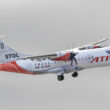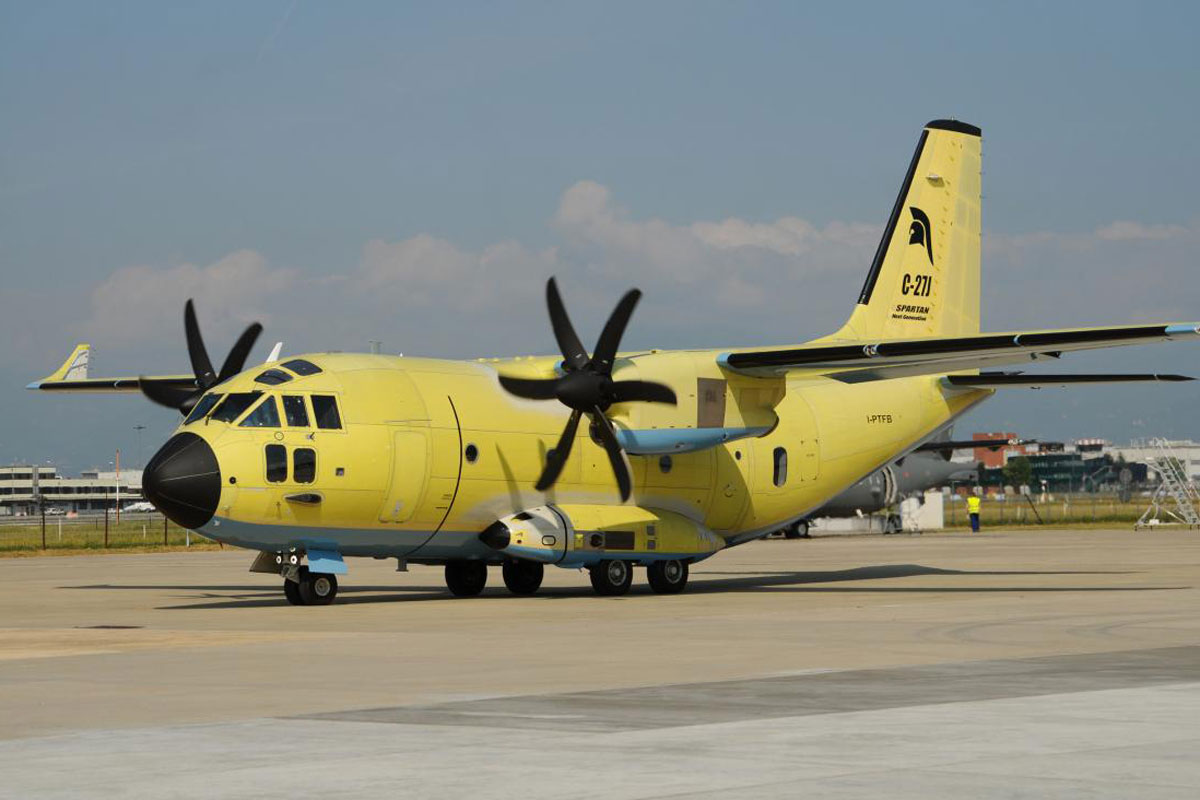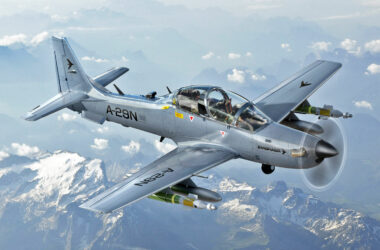The B-21 Raider, the US Air Force (USAF) new stealth bomber, is the most modern military aircraft ever known, the first of the so-called 6th generation to be presented to the public.
But the subsonic flying-wing jet is also expected to be much smaller than its predecessor, the B-2 Spirit, both developed by Northrop Grumman.
Aviation Week, through renowned journalist Bill Sweetman, did not want to wait for the specifications of the B-21 Raider to be released and sought to estimate some of the aircraft’s characteristics.
According to Sweetman’s article, the B-21 will have a wingspan of just 132 feet (40.23 meters), 40 feet (12 meters) less than the B-2.
A top-down drawing produced by the outlet gives a pretty clear idea of how small the new bomber will be. Aviation Week estimates the jet’s weight will be half that of the B-2.
The design of Northrop Grumman’s B-21 Raider points to a conservative approach on the part of the U.S. Air Force’s Rapid Capabilities Office. #B21
Credit: Giuseppe Picarella/TheCutawayCompany.comhttps://t.co/lR1oXMFVGG pic.twitter.com/gjy4834rbx
— Aviation Week (@AviationWeek) October 11, 2023
Despite having a similar design to the Spirit, revealed to the world in 1988, the Raider has a more compact configuration, with the engine air intakes further forward.
The sweep angle of the wings would be identical, as would the outer part of the trailing edge, both at 35º. The internal portion of the B-21’s trailing edge would be less angular.
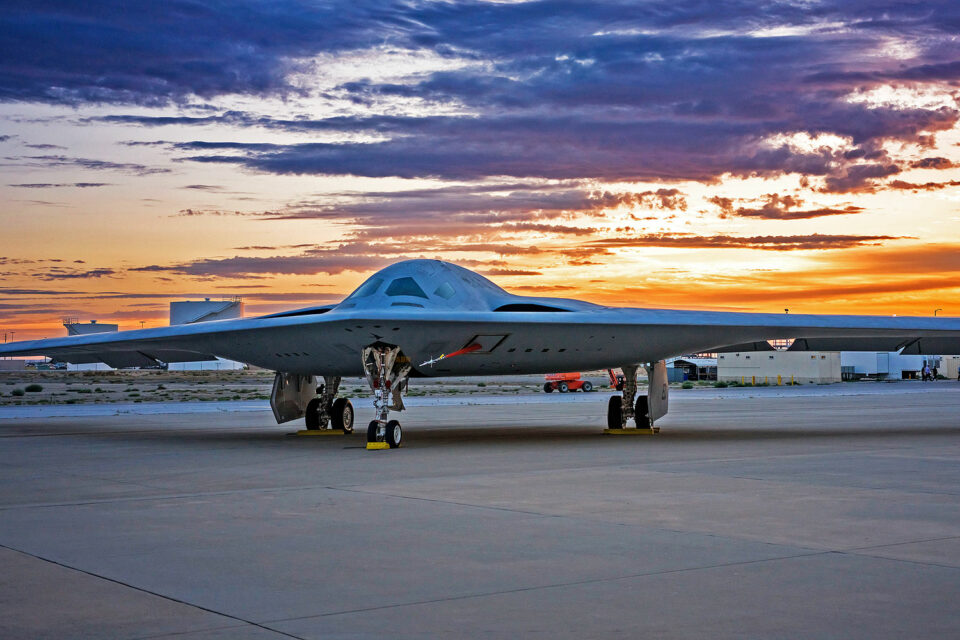
Video and new images
To achieve this result, Aviation Week featured a video of a presentation by General Duke Richardson, commander of the U.S. Air Force Materiel Command.
Furthermore, new images released by the USAF and Northrop Grumman with unprecedented angles helped to resolve doubts about the bomber’s project.
Bill Sweetman also believes that, despite the B-21’s smaller form, the weapons bay will have a similar volume to the B-2.
The Raider’s two engines would be the PW9000 supplied by Pratt & Whitney and would use the PW1000G turbofan core, while the electronic warfare system would be derived from that used by the F-35.
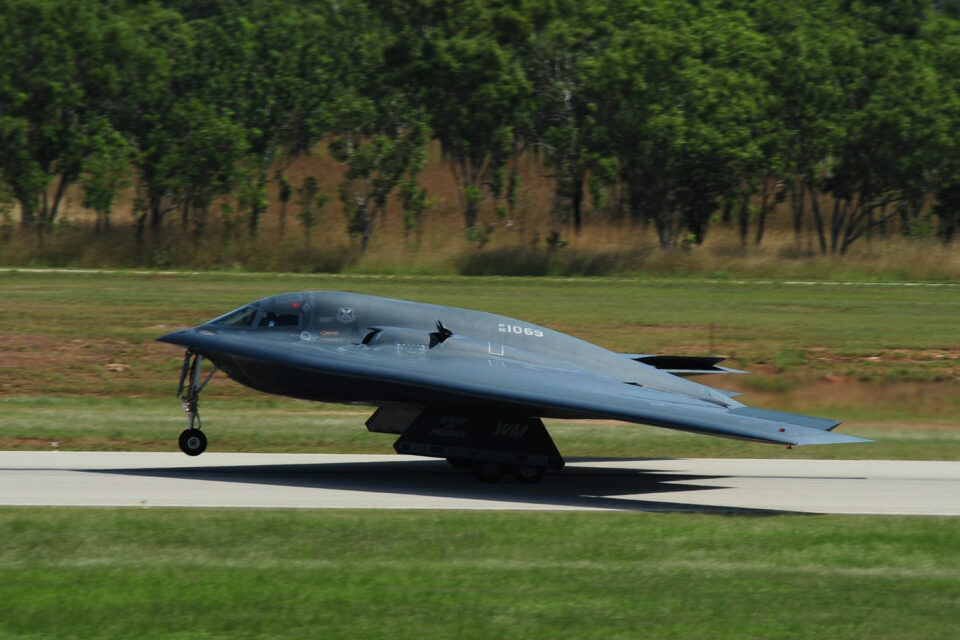
Simpler design like the F-117
The report argues that the B-21 Raider was conceived as a very modern aircraft, however, using experiences with other projects such as the X-47B UCAV and also mature and still current subsystems.
One of the biggest challenges of the project would be to install a higher dilution ratio engine in order to provide a greater range without penalizing its weight.
The B-2, with its low-ratio GE F118 engine was a safe option at a time when anti-radar materials were less capable. With a smaller frontal area, the turbofan “hid” more easily in the fuselage, but ended up harming the bomber’s autonomy.
Follow ADN: Instagram | Twitter | Facebook
More data on the new bomber is expected to be delayed as the program continues its already delayed schedule. The B-21 is expected to fly by the end of this year and then be transferred to Edwards Air Force Base, where testing will take place.
The USAF expects to have the B-21 Raider operational by the end of the decade and at least 100 aircraft should be produced.


